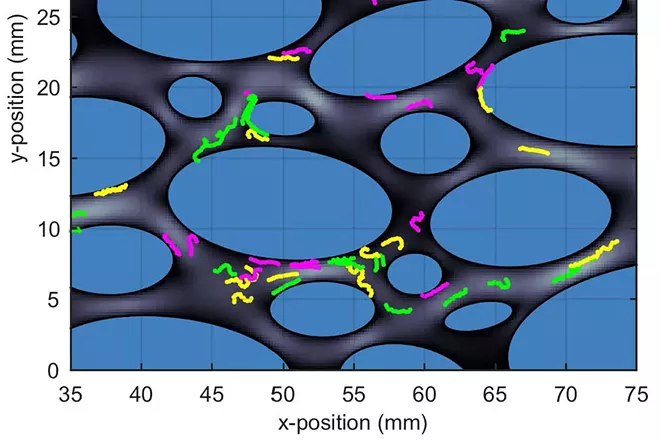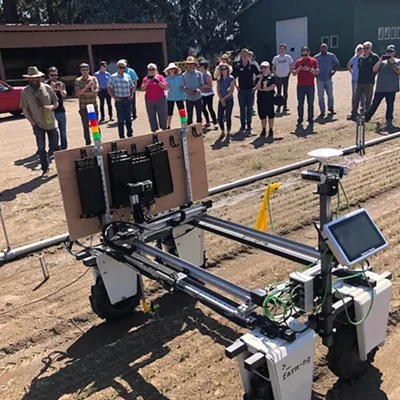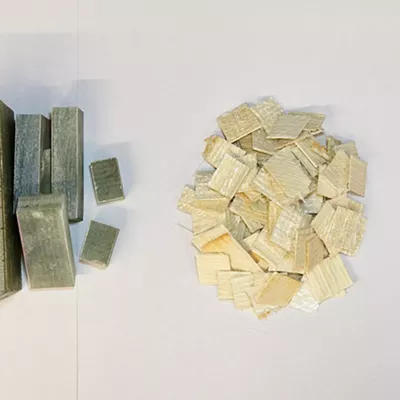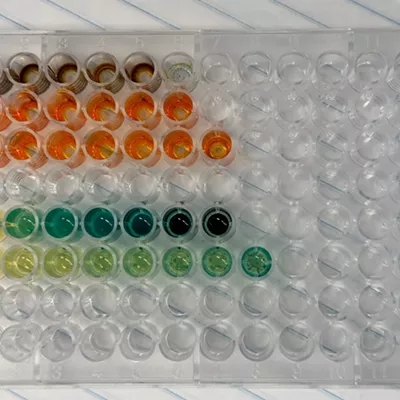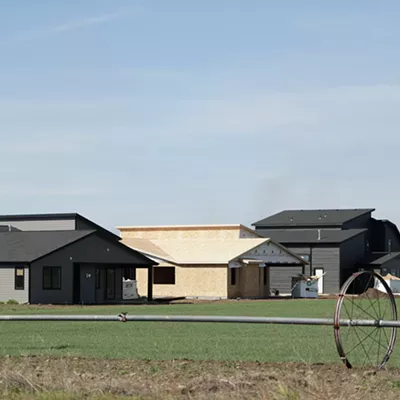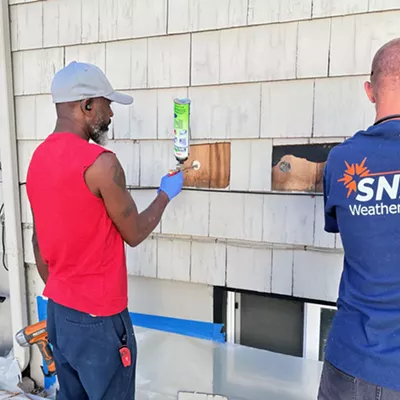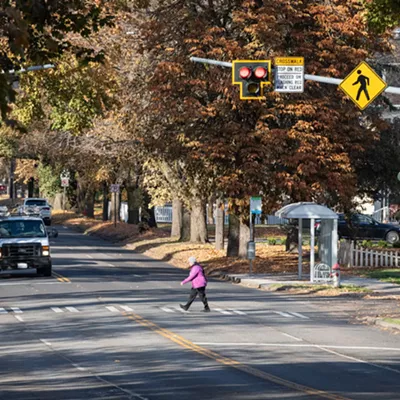You may have heard before that microplastics — things like the fibers that wash off our plastic-based clothing when we put them through the wash – wind up in our lakes, streams, oceans and fish.
But while there's an understanding of where they can end up, there isn't really research into how they move through the environment. That's where Washington State University's Nick Engdahl, an associate professor of civil and environmental engineering, hopes to change things.
As outlined in an article published in Advances in Water Resources, he created models that can simulate how the microplastics might move through water and possibly accumulate in soil.
The models found the plastics could move faster through water than dissolved materials like salt, he says.
But at this early stage, the models are simple and didn't take into account a lot of factors that would really impact how the fibers move in real life. There's still more work that's needed before they can look at how the microplastics really act when they're going into wastewater treatment plants, for example, and leaving through outflow or biosolids that can be used as fertilizers.
"We don't have data on how two fibers are attracted to each other at a small scale," Engdahl says. "If you wash socks in a sink, you can see the fibers sort of clump together. What forces are pulling those together, and how rigid are these objects at a really, really small scale?"
To address those more complex questions, his team will try to set up some laboratory studies to generate images of the microplastics and how they move and improve the models. After comparing that with field data, they might be ready to look at real field testing a few years from now, he says.
Understanding how the pollutants move and collect in soils, water bodies and animals is a major concern for the biological community, Engdahl says.
“One of the biggest concerns is fish like to eat these things, particularly larger ones,” Engdahl says. “If we know how they move, we have a pretty good idea where they’re going to accumulate and those can be places we’ll monitor more closely.”

